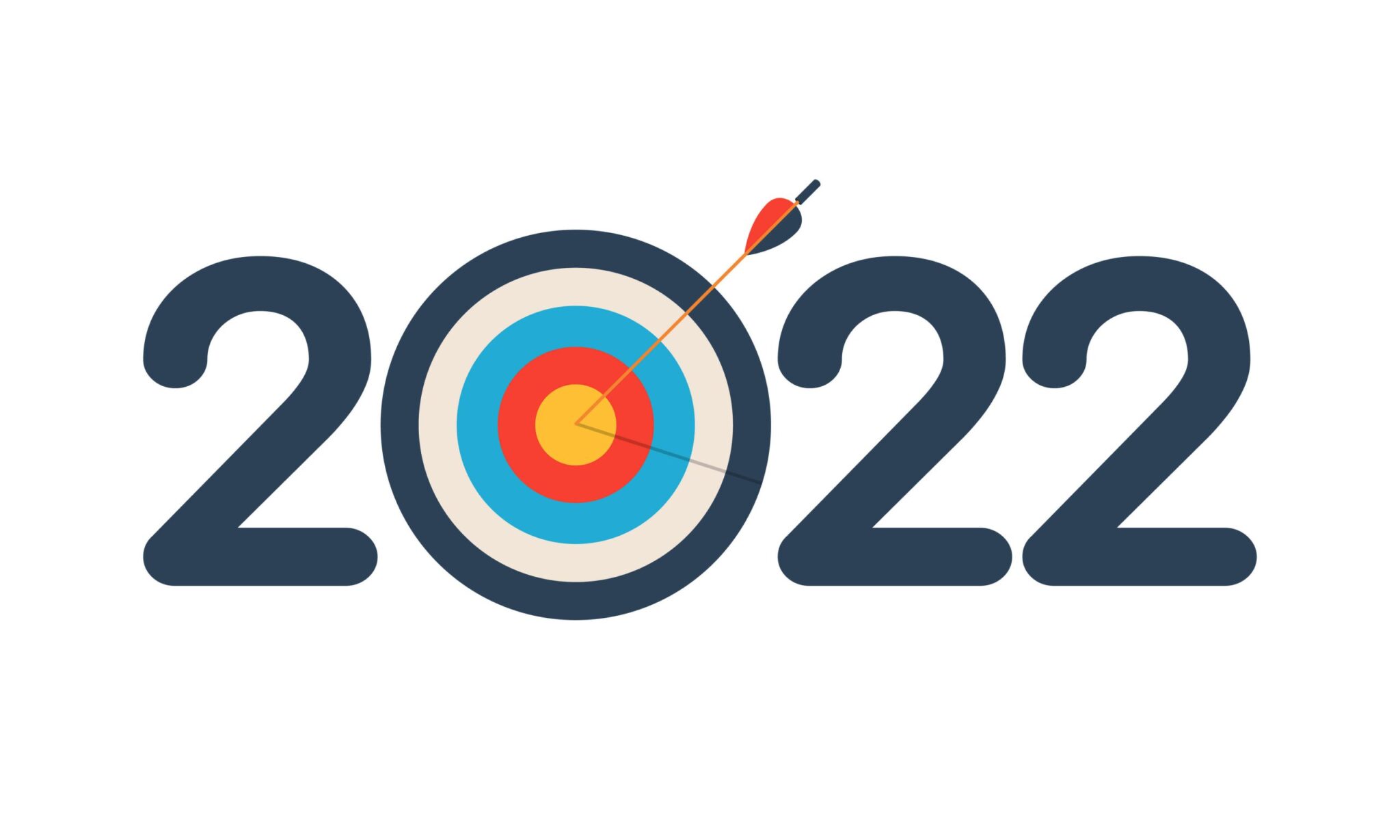The year 2021 was a bit of a tumultuous one for marketers. The global pandemic forever altered consumer behavior and the rules of digital advertising saw radical shifts, led by changes in privacy and the death of the cookie. But the digital advertising ecosystem is one that has been marked by drastic changes, and we have no doubt that marketers will find their way to thrive. In fact, we already see evidence of marketers, with the help of their partners, doing just that.
Here are the three trends we think will define the year ahead for digital marketers.
Privacy Regulations are Changing the Data Rules
Over the past 20 years, marketers relied on third-party cookies to identify likely prospects, provide them with relevant ads, and assess how well marketing campaigns performed. But that model has been under attack since 2018, when GDPR went into effect. In the U.S., California was the first state to adopt a consumer privacy law; Virginia and Colorado have followed suit.
It’s just the beginning. According to the National Conference of State Legislatures, at least 38 states introduced more than 160 consumer privacy related bills in 2021, sending a message to marketers everywhere that they need new tactics going forward. Many companies, including Digital Element, have solidified their commitment to privacy controls as a result.
Where the regulations drop off, Big Tech picks up. Not content to wait until privacy regulations apply to every citizen of the world, Apple and Mozilla have banned third-party tracking in their browsers. Google announced plans to follow suit, though when that will actually occur is anybody’s guess, as the company has postponed the date multiple times.
Neither the regulations nor the browsers are banning the use of first-party data, however, and throughout 2021 every major brand, across all sectors, began to pivot. Simultaneously, the industry has seen an influx of companies offering products and services to help brands harness their first-party data and deploy it for marketing initiatives.
That’s not to say that purchasing audience segments for targeting purposes will go away; many companies with data will still offer them up.
Ad Spend is Pouring into CTV
Americans have always watched a great deal of TV but lockdown changed the game. Digital TV viewing minutes shot up in 2020, and never came back down in 2021. In August 2021, a Roku/Harris Poll study showed that TV streaming has overtaken linear TV in terms of view time.
Today, U.S. consumers have more than 200 streaming services to choose from, many of which allow them to watch content for free in exchange for seeing ads. In 2021, the average U.S. household subscribed to at least four streaming services, and spent an average of $47/month for them.
Marketers are keen to follow them there for the very good reason that people tend to be highly engaged while consuming TV content. It can also play a critical role in the purchasing journey, especially if advertisers can deliver a TV ad to consumers who read about their products on their laptops or smartphones.
But homing in on those audiences can be difficult for many reasons, including publisher reticence to share viewer data, and the need to link laptops, smartphones, smart watches and other devices to a particular user’s smart TV.
The IP address is a very good proxy for CTV, as every device connected to the Internet is assigned one. If you can associate a user’s smartphone, laptop and CTV IP addresses, you can plan customer journeys that span multiple channels, including TV.
ID Graphs Will Dominate Targeting, but Buyers Should Beware
The concept of ID graphs isn’t new; companies like LiveRamp have long relied on them to help marketers resolve the identity of their customers and prospects. Companies like Experian use them to help marketers reach their audience segments across devices.
What is new is the plethora of companies that have come to market with an ID graph solution. The sheer number of solutions speaks to the demand expected. Clearly, ID graphs are seen as a reliable way to target once the third-party cookie finally crumbles. But can we assume that all ID graphs are created equal? We suspect not, and that marketers will go through a learning process when selecting one that’s right for their needs. It also means that consolidation is inevitable, with the better (or better funded) solutions buying up the smaller ones.
Marketers will quickly realize the power of ID graphs, especially when they can layer in IP data into their segments. IP data is quite rich and nuanced, which will enable marketers to glean even more insights about their target audiences.
Looking ahead, marketers will spend 2022 learning about, testing and comparing emerging privacy-compliant strategies for building their customer bases.
